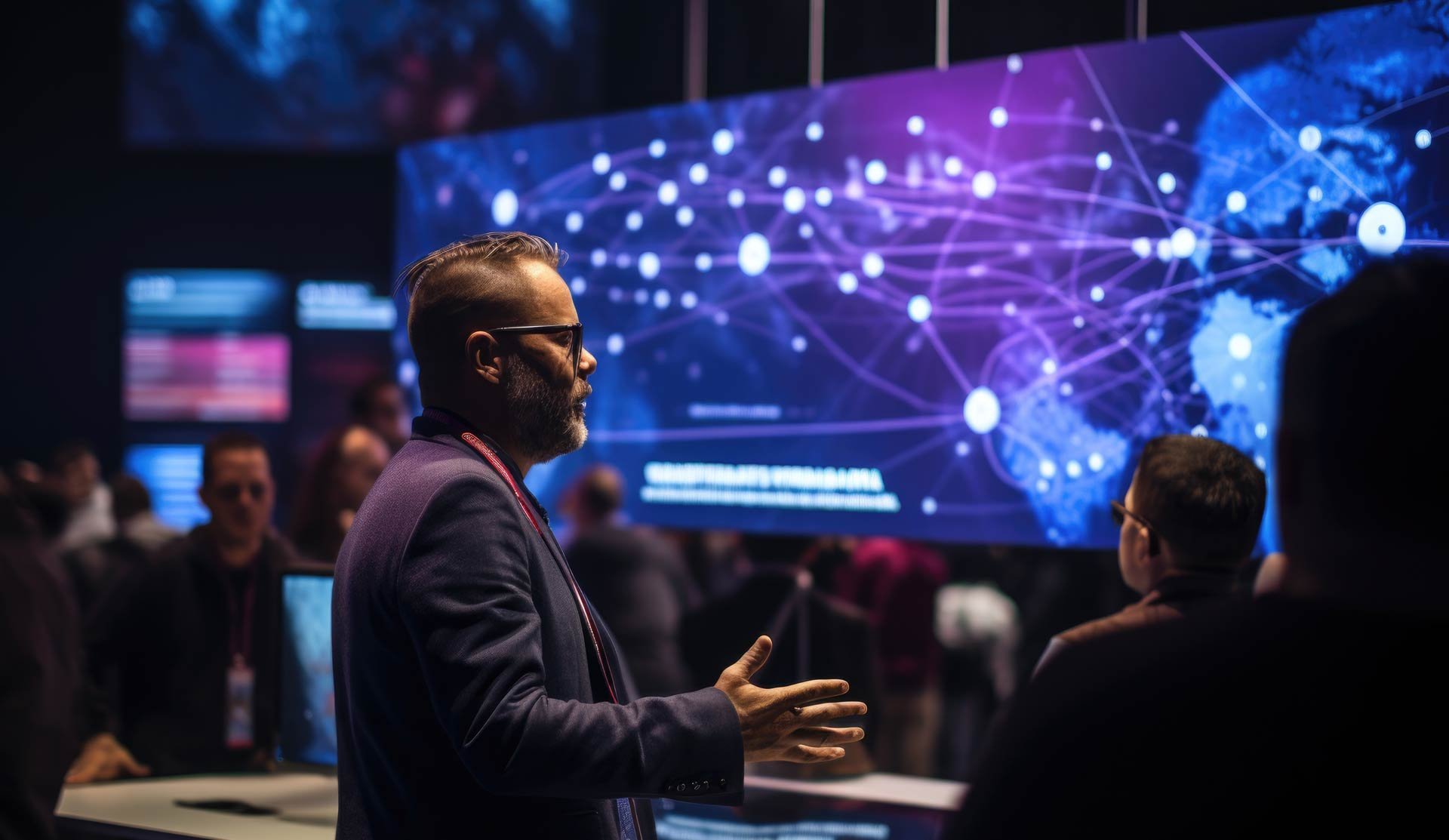Grasping the Typical Reasons of Light Emitting Wall Unit Failure
Wiki Article

Light Emitting Diode wall panels are commonly utilized in various settings, ranging from ads to home theaters. These screens are favored because they provide vivid and dynamic images while being energy-efficient. However, similar to all digital devices, LED wall screens can experience failures. Comprehending the frequent reasons of these failures is important for maintaining their performance and guaranteeing longevity. This article examines several critical factors that can lead to the failure of LED wall screens.
One of the primary common causes of failure in LED panel screens is overheating. LED systems generates heat during operation, and if this heat is not adequately managed, it can harm internal parts. Poor ventilation or inadequate cooling mechanisms can exacerbate the issue. When the heat increases beyond the suggested levels, it can lead to reduced brightness, color distortion, or complete failure of the screen. Regular care, including dusting air vents and ensuring proper ventilation, can assist avoid overheating and extend the lifespan of the panel.
Another significant cause contributing to LED wall panel malfunction is electricity spikes. Variations in the electric supply can result in damage to electronic components within the panel. Sudden spikes in electricity can lead to blown fuses or damaged circuits, leading in malfunctioning screens. Using link surge protectors and voltage regulators can mitigate this threat by normalizing the power supply and protecting sensitive electronic components. Making sure that the power infrastructure is up to standard and able of supporting the power requirements of the panel is also critical.
External factors play a vital role in the functionality of LED panel screens. Exposure to extreme temperatures, moisture, or dust can negatively impact their operation. For instance, high moisture can result to water buildup inside Website the panel, which can cause short circuits or damage of internal parts. Similarly, excessive dust build-up can block ventilation and lead to overheating. Installing LED screens in regulated settings and frequently cleaning them can help maintain optimal performance and prevent failures.
Additionally, production flaws can result to early failures in LED wall panels. Quality control during manufacturing is crucial to guarantee that each screen meets market standards. Defective components or poor assembly can lead in problems such as dead pixels or irregular brightness. It is important for buyers to purchase LED wall screens from trusted brands that provide warranties and support. This ensures that any potential defects can be resolved promptly, minimizing downtime and annoyance.
In summary, understanding the common reasons of LED panel panel failure can help consumers take preventive measures to ensure their longevity and performance. By tackling overheating, safeguarding against power spikes, considering environmental conditions, and choosing quality items, consumers can greatly reduce the risk of malfunction. Regular care and awareness of these factors will result to a superior performance with LED panel panels, whether for individual or business use.